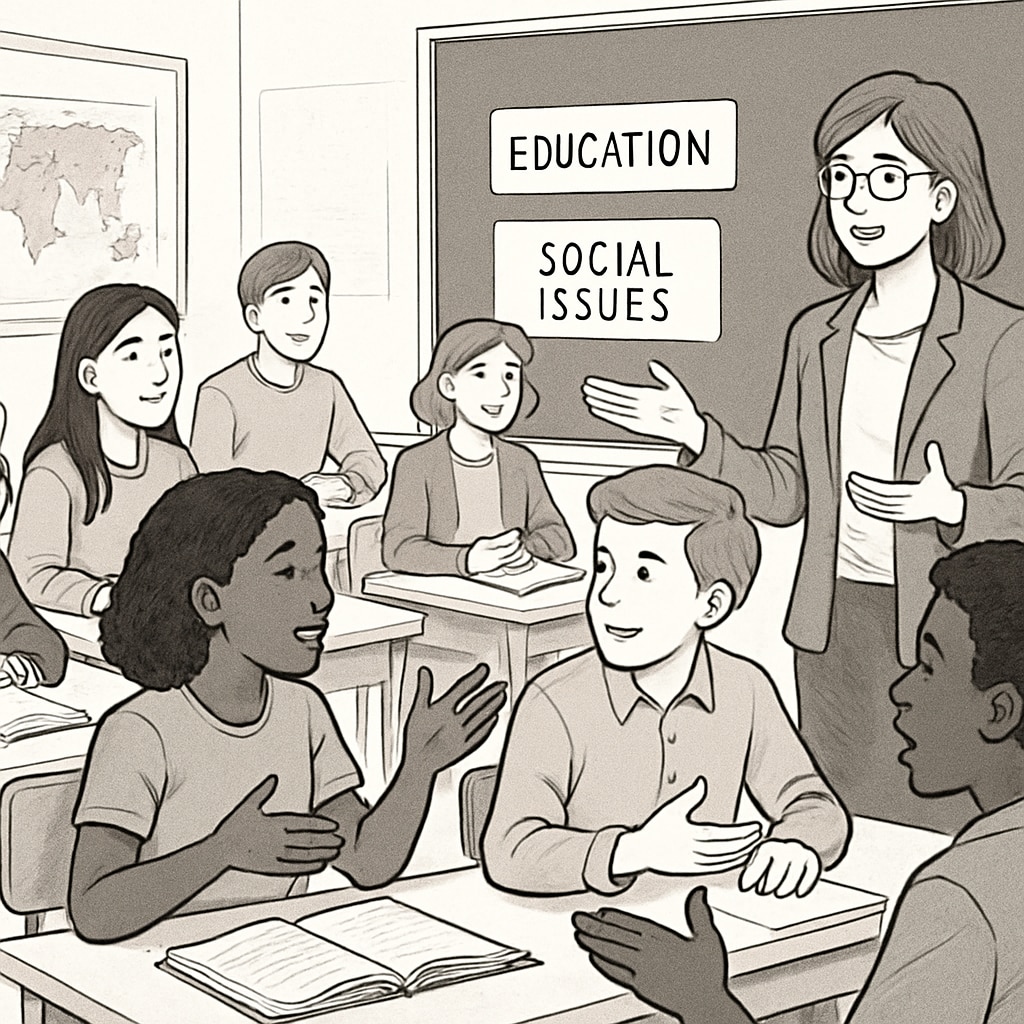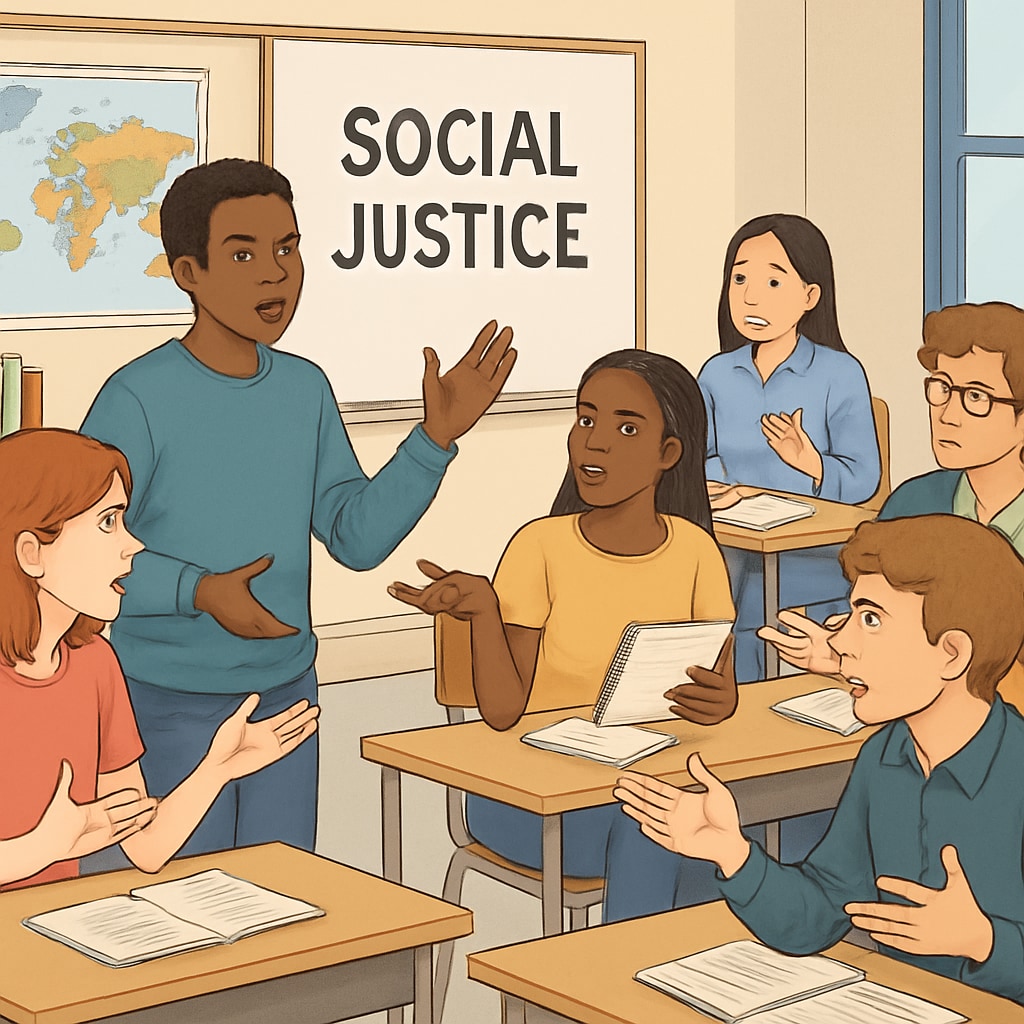Recent research on “school wokeness,” which analyzes students’ opinions on the growing influence of political ideologies in education, has unveiled fascinating insights into the challenges and realities of modern teaching environments. As political discourse increasingly permeates classrooms, students are becoming more aware of how these ideologies impact their learning experience. This study sheds light on how students perceive these shifts and what they mean for K-12 education systems.

Understanding Wokeness in the School Context
Wokeness, often defined as heightened awareness of social justice issues such as diversity, equity, and inclusion, has become a significant topic in education. Schools are increasingly incorporating these concepts into the curriculum and extracurricular activities. While many educators view this as a positive step toward fostering critical thinking and empathy, some students and parents have expressed concerns about potential biases in teaching methods or the prioritization of certain viewpoints over others.
For example, students in the research study noted mixed feelings about the emphasis on wokeness. Some appreciated the opportunity to engage in meaningful conversations about societal issues, while others felt that these discussions sometimes overshadowed core academic subjects. This tension raises questions about the balance between ideological education and traditional learning.
Students’ Perspectives on Political Ideologies in Education
The research highlights diverse opinions among students regarding the influence of political ideologies. Many respondents acknowledged the importance of addressing social issues but emphasized the need for balanced and unbiased discussions. In some cases, students reported feeling pressured to conform to dominant perspectives or feared expressing dissenting opinions.
Interestingly, the study also found that younger students (middle school age) were less likely to perceive ideological influences compared to high school students, who are more exposed to complex political topics. This suggests that age and maturity play a significant role in how students engage with wokeness in education.

The Impact on K-12 Education Systems
As schools navigate the integration of wokeness into their educational frameworks, several challenges emerge. First, teachers often face the difficult task of presenting controversial topics in a way that encourages critical thinking without appearing biased. Second, education systems must ensure that all students feel included and respected, regardless of their personal beliefs.
To address these challenges, educators and policymakers could consider the following strategies:
- Developing curricula that present multiple perspectives on social issues.
- Providing professional development for teachers to manage sensitive discussions effectively.
- Encouraging open dialogue where students can express their opinions safely.
By implementing these measures, schools can create environments where students can engage with wokeness constructively and without fear of judgment.
Why This Research Matters
Understanding students’ perspectives on school wokeness is critical for shaping future educational policies. The study reveals that while many students value the opportunity to explore social justice topics, they also seek a balanced, inclusive approach that respects diverse viewpoints. As a result, schools must carefully evaluate how wokeness is integrated into their systems to ensure it serves as a tool for education rather than division.
Ultimately, the research underscores the importance of listening to students’ voices. By prioritizing their feedback, schools can create a more equitable and effective learning environment that prepares young people for the complexities of modern society.
Readability guidance: This article uses concise paragraphs, transitions, and lists to enhance readability. Each section focuses on a specific aspect of the topic, ensuring clarity and engagement for the reader.


